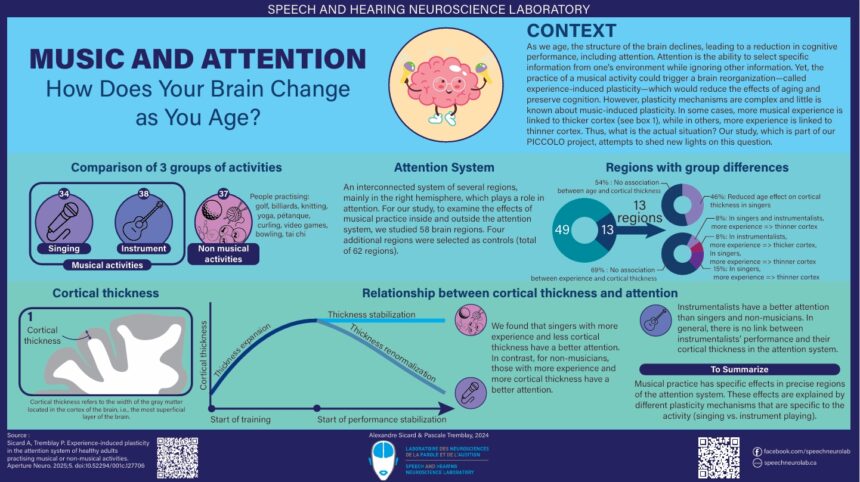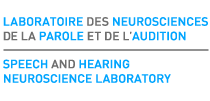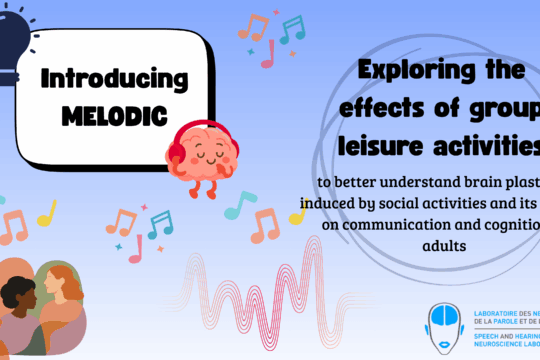PICCOLO Project in Pictures. Part Three: Impacts on the Attention Network

Designed by Alexandre Sicard, a PhD student in our lab, this infographic highlights the latest findings from our PICCOLO project on the effects of musical practice on attention.
The goal of the PICCOLO’s project, which means in French Pratique d’un Instrument ou du Chant sur la COgnition, le Langage et l’Organisation cérébrale, is to determine whether different forms of musical activities, such as singing and playing a musical instrument, produce similar or distinct effects on the brain compared to non-musical activities (click here to read our blog post introducing the project).
In this third infographic, we present the results of a study published in 2025 in the journal Aperture Neuro, led by Alexandre Sicard and Pascale Tremblay. This is also Alexandre’s first paper as the lead author—congratulations, Alexandre! 🎉 The study examines the relationship between brain aging, specifically the cortical attention network (to learn more about the cortex, check out our related publication here), and attentional abilities in adults engaged in musical and non-musical activities, with a focus on mechanisms of brain plasticity.
Explore this infographic to discover whether the cortical networks supporting attention differ between singers 🎤, instrumentalists 🎸🎻, and non-musicians. You can click on the infographic to enlarge or download it.
For more details on this study, you can also read our scientific article, available here: Experience-induced plasticity in the attention system of healthy adults practising musical or non-musical activities.
Happy reading! 😊
Suggested readings :
- FRQNT-funded research project on the impact of musical activities on the brain
- PICCOLO Project in Images. Part One: Impacts on Articulation
- PICCOLO Project in Images. Part Two: Impacts on Cognition
- Gray and white matter
- Aging and brain volume
- Can musical practice improve listening to conversations in noise?
- New Scientific Article on the Impact of Singing on Brain Networks
- New scientific article about the impact of singing on articulation
- Pascale presents our work at the “Neurosciences and Music VIII” congress in Helsinki
- Alexandre’s study presented at the Scientific Day of the Quebec Bio-Imaging Network (QBIN)
- Lab paper on aging and singing!
- Scientific Article on the Benefits of Choral Singing
- How does the human brain work?
- A forest of neurons
- Cognitive functions
- Inducing plasticity
- Pascale holder of a Canada Research Chair 🇨🇦


